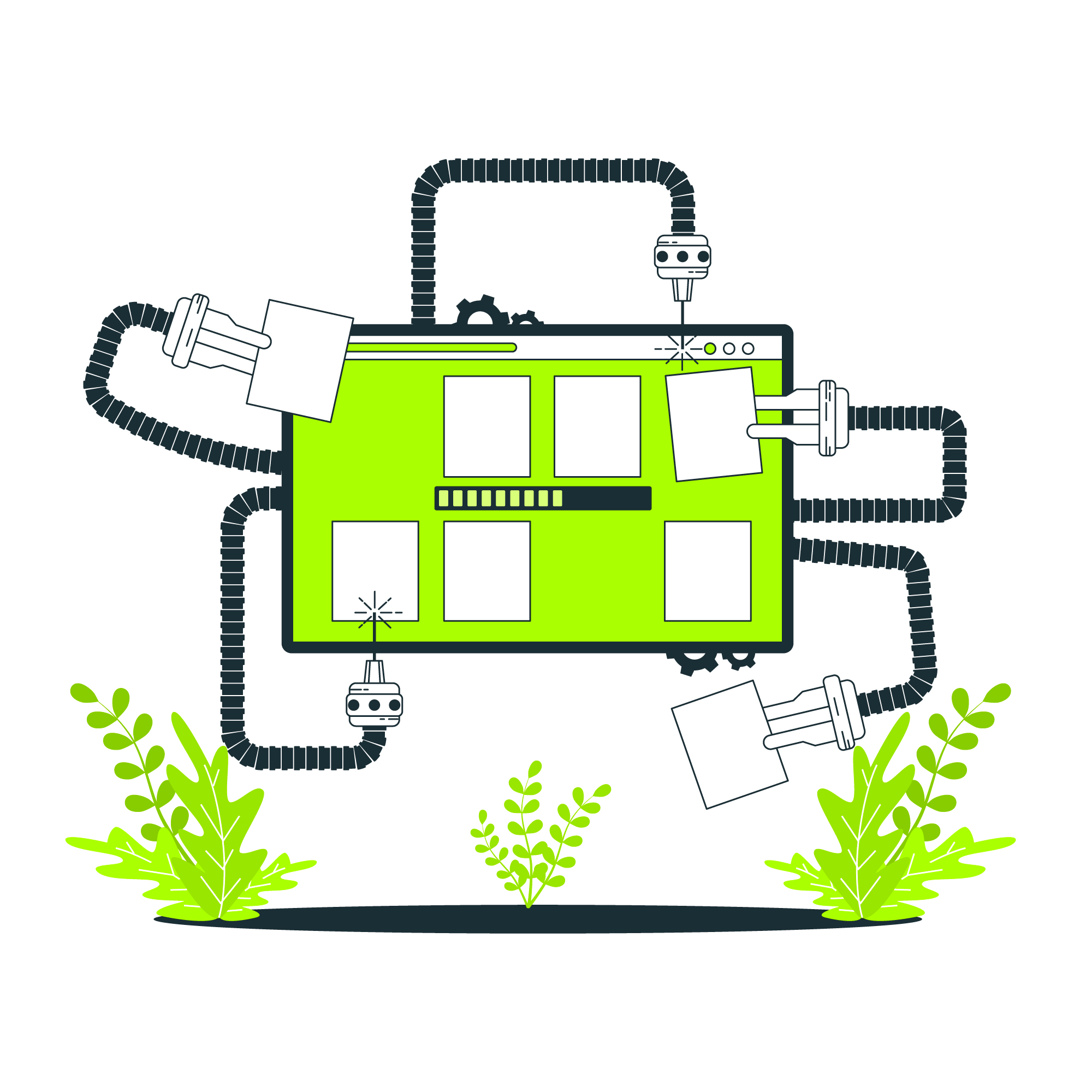BASIC ELECTRICAL CONTROL CIRCUITS OPERATION AND TROUBLESHOOTING
BASIC ELECTRICAL CONTROL CIRCUITS OPERATION AND TROUBLESHOOTING
- 2025-01-31
- 8:0
- In person/online
Course description
Course Brief: A Basic Electrical Control Circuits Operation and Troubleshooting training course is designed to teach individuals how electrical control circuits operate, how to maintain and troubleshoot them, and how to ensure that electrical control systems function reliably in industrial or commercial settings. This course is designed to provide participants with foundational knowledge and hands-on experience in operating, maintaining, and troubleshooting basic electrical control circuits commonly used in industrial, commercial, and residential settings. Participants will learn the essential components, principles, and techniques involved in controlling electrical circuits safely and effectively. This course would ensure that participants understand not only how to operate electrical control circuits but also how to identify and fix faults effectively and safely.
Course objectives
At the end of the program, participants will be able to:- At By the end of the course, participants will be able to:
- • Recognize and understand basic electrical symbols used in control circuits.
- • Learn the components of electrical control circuits such as relays, contactors, timers, switches, and sensors.
- • Understand circuit diagrams (ladder diagrams, wiring diagrams, etc.).
- • Understand the functionality of control devices and how they interact within a control system.
- • Understand the principles of operation for various control systems such as motor control circuits, lighting circuits, and PLC-based systems.
- • Learn how different components like relays, switches, fuses, and circuit breakers work within the system.
- • Understand the sequence of operation in control circuits (start/stop sequences, safety interlocks, etc.).
- • Develop troubleshooting skills for common faults in control circuits (e.g., open circuits, short circuits, faulty components).
Day 1. Introduction to Electrical Control Circuits
- • Basic electrical principles:
- o Voltage, current, resistance, and Ohm's law.
- o Series and parallel circuits.
- o AC vs. DC circuits.
- • Types of control circuits:
- o Direct control circuits: Control of equipment directly via switches and relays.
- o Indirect control circuits: Control of equipment through intermediate devices like timers, sensors, and PLCs (Programmable Logic Controllers).
- Components of Electrical Control Circuits
- • Power supply components:
- o Transformers, fuses, circuit breakers.
- • Control devices:
- o Pushbuttons, limit switches, relays, and starters.
- • Protection devices:
- o Fuses, thermal overload relays, and motor protectors.
- • Indicating devices:
- o Lamps, buzzers, and meters (ammeters, voltmeters).
- • Actuators and loads:
- o Motors, solenoids, and valves.
Day 2. Electrical Control Circuit Diagrams
- • Understanding schematic diagrams:
- o How to read electrical control circuit diagrams.
- o Symbols for relays, switches, sensors, and motors.
- • Wiring diagrams:
- o Standard wiring practices and terminology.
- • Single Line Diagram
- o Symbols of single line diagram
- o Different standards of single line diagram
Day 3. Operation of Basic Electrical Control Circuits
- • Start/Stop pushbutton circuits:
- o Normally open and normally closed contacts.
- o Sequence of operations for starting and stopping motors.
- • Motor control circuits:
- o Basic motor starter circuits: Forward, reverse, and star-delta configurations.
- o The use of overload protection.
- • Control relays and timers:
- o Time delays, relay logic, and sequencing.
Day 4. Troubleshooting Electrical Control Circuits
- • Common faults in control circuits:
- o Open circuits, short circuits, faulty components.
- • Tools for troubleshooting:
- o Multimeter usage: Checking continuity, voltage, and resistance.
- o Clamp meters for current measurement.
- • Step-by-step troubleshooting procedures:
- o Isolate the problem area: power supply, control device, or load.
- o Systematic checking of components (pushbuttons, relays, fuses, etc.).
- o Identify faulty components and replace them.
- • Electrical safety considerations:
- o Lockout/tagout procedures.
- o Proper handling of electrical components.
Day 5. Advanced Control Circuits (Optional)
- • Introduction to PLCs:
- o Basics of programmable logic controllers (PLCs) for control and automation.
- • Introduction to sensors and actuators:
- o Proximity sensors, limit switches, and their applications.
- • Communication protocols:
- o Modbus, Ethernet/IP, and other communication protocols in control systems.



